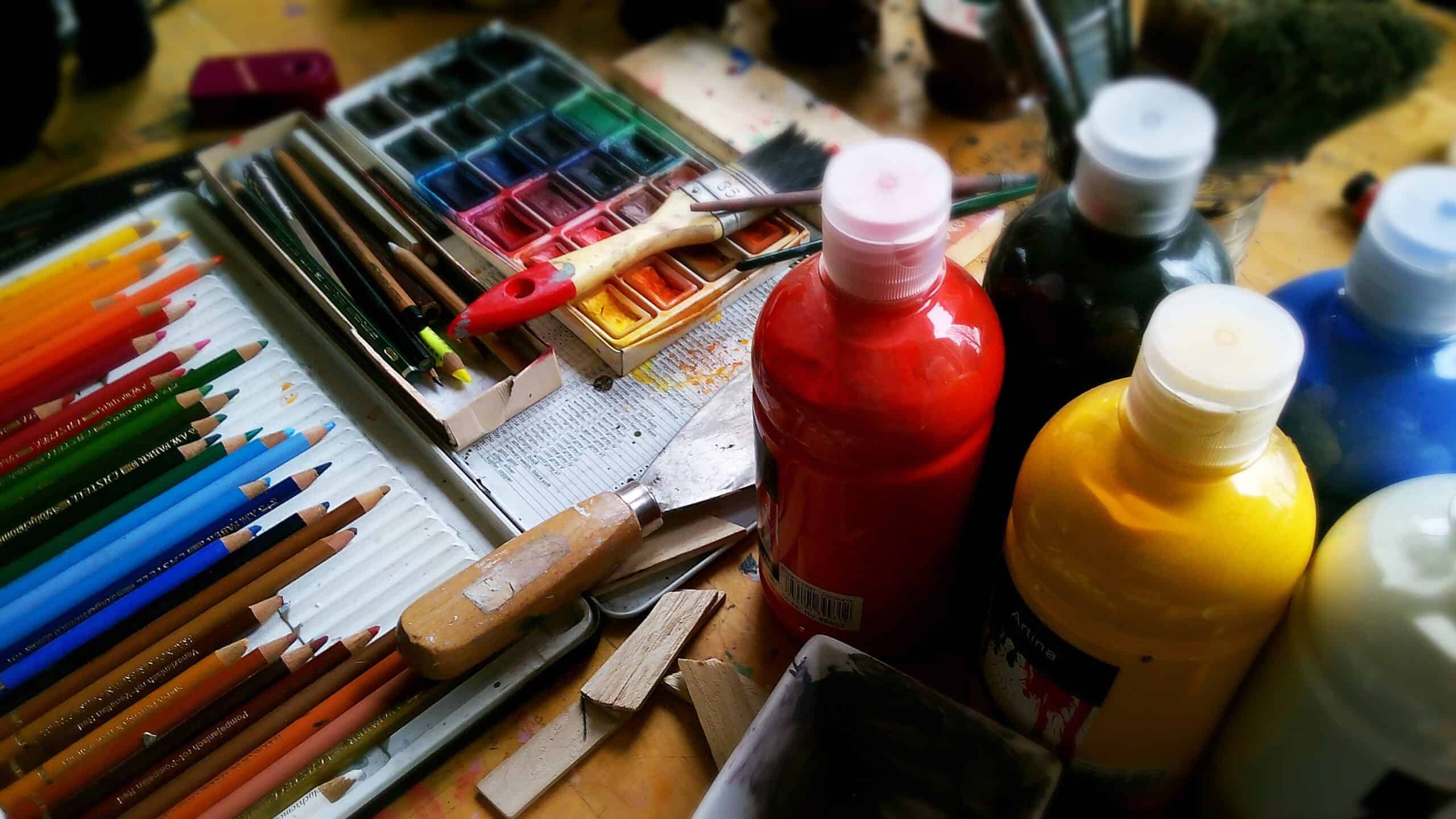Use art as a therapeutic tool and to bring joy
Art is for everyone to enjoy as a fun and beneficial activity
Creating art can be therapeutic, and you can use it in therapy and as a destresser. Better yet, there’s no need to be an artist.
Tracy Suter, an Eastwood mental health counsellor who uses art therapy in her practice, explains the difference between art therapy and artistic expression.
“Art therapy combines the creative process and psychology (therapy), providing an opportunity for self-exploration and awareness, emotional resilience and healing. Art therapy is a great process for those who find the idea of talking to a therapist for an hour somewhat daunting. It is a noted therapeutic modality and can release complicated thoughts and emotions.”
Suter says art therapy focuses on the process as the goal, not necessarily the art itself. It “encourages introspection and supports the individual.” It may help treat anxiety, depression, grief, trauma, and even the stress and grief surrounding a medical diagnosis or illness.
Some simple activities include making a collage or vision board or working with clay or craft materials.
“Using imagery, colour, words and phrases and arranging them on poster board under a simple directive such as ‘how do you envision your future self?’ can provide insight. This gives an individual time to utilize their instinctive and feeling processes and not intellectualize. Moving paint around paper and mark making can also be very cathartic even though the end result isn’t a recognizable image. Clay, textiles, and craft supplies can also be used for emotional expression.”
When stressed or anxious, the brain goes into survival mode. Art therapy is nurturing and helps with self-expression through a process that feels like play. “The physical act of using our hands in a tactile effort alone can be very cathartic,” says Suter.
And while working with an art therapist can help connect the dots, the act of creating art is therapeutic on its own.
“Pure expression through art materials (and also writing/journalling or music and dance) can be used by anyone to alleviate anxiety, practice mindfulness, and are a wonderful form of self-care and relaxation,” says Suter.
Lorraine Shulba, a local artist, designer, and illustrator, teaches Family and Community Art Night classes at the Nina Haggerty Centre for the Arts.
“If anything, COVID has shown me art is so important,” says Shulba. “It’s a therapeutic process. It doesn’t have to be a masterpiece.”
Early on in the pandemic, she taught the classes online. Because accessing supplies could be challenging, she planned projects using supplies people already had at home.
“Online, I’d have a group of 20 people making a creature of paper made from scraps found around the home.”
She’s back teaching in person at the Nina Haggerty Centre for the Arts, although people must register. And although she has access to supplies for her students, she still uses free supplies.
“Last week in the family class, we observed the leaves and talked about what shapes we could make out of leaves. I made a face of the grasses with a leaf for the hat.”
You can often find supplies in your kitchen. “Just look at what we have at home that we can get crafty with.”
Check out Dollarama or browse your local thrift store for affordable supplies or visit one of the many art stores for higher quality supplies.
Other ideas include mixing food colouring with shaving cream to create a painting. Or, roll marbles or small styrofoam balls around in paint.
Shulba says people who create art gain confidence, energy, and benefit from what she calls “well-filling” or therapeutic benefits.
If you have a tough inner critic, follow the advice of writer, editor, and teacher Rusti Lehay and put your work away for five days after creating it. Visit recreatecounselling.com to find out more about Tracy Suter and thenina.ca for more information on art nights.
Featured Image: Art can be used as part of therapy or just as a relaxing activity on its own. | Image by bodobe from Pixabay







